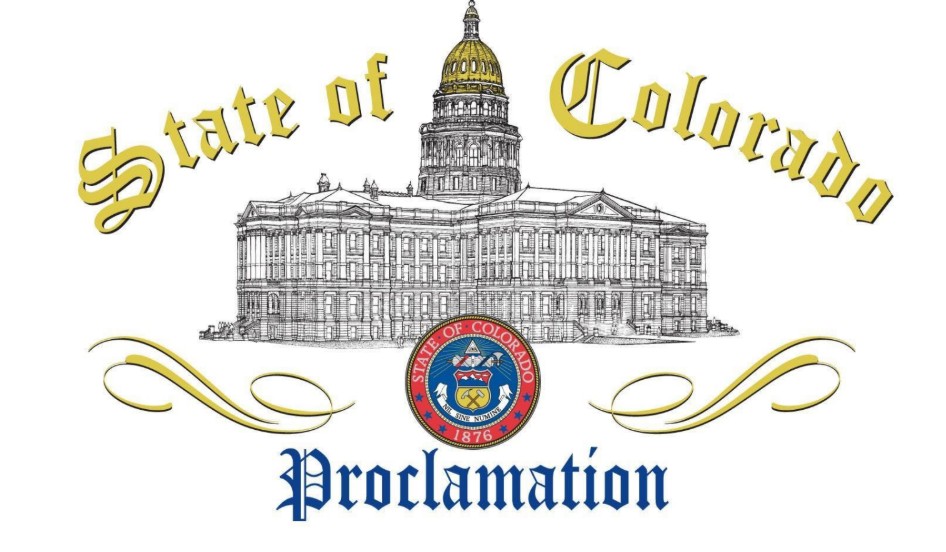Impact of Family First Prevention Services Act will be felt far beyond child welfare

By Anne Comstock
The Family First Prevention Services Act (FFPSA), prioritizes keeping families together and puts more money toward at-home parenting classes, mental health counseling and substance abuse treatment — and puts limits on placing children in congregate care settings.
While it has been characterized as the most significant child welfare legislation in over a decade, the impact of this landmark act will be felt far beyond county administered child welfare services. That is why the Colorado Department of Human Services Division of Child Welfare (CDHS) has been working so hard to engage a large number of professionals from within CDHS, other State Departments, behavioral health networks, providers, county and community partners to analyze FFPSA and make recommendations for implementation in Colorado.
Some critical activities have been achieved to date through the planning process which began in March. The work is intense, complex and, at times, overwhelming for participants. «We have to allow ourselves the space to be visionaries in order to take full advantage of this opportunity by building the best possible system for kids in the future» shared Dan Makelky, director of the Douglas County Human Services Department and member of the CO FFPSA Advisory Committee. «At the same time, we need to identify things that need to change today based on what we know is coming as a result of this Act» Makelky continued as he addressed a group of stakeholders who volunteered to participate in one of several meetings earlier this month set up to delve into the details of fiscal, policy and program/services implications.
Call to action from March 2018 to now:
- Respond. Dedicating resources to establish an inclusive, integrated structure to support an intentional review of the FFPSA that will result in a “roadmap” by end of September, 2018 for CO’s initial implementation of the FFPSA. Additionally, Colorado has applied for the federal funds for evidence-based Kinship Navigator programs.
- Vision. Ensuring that the FFPSA work is grounded in the vision, mission and values of the Colorado Division of Child Welfare and articulates specific values to ground FFPSA planning, recommendations and decisions.
- Analyze. Recruiting and mobilizing a diverse group of partners and stakeholders to analyze the FFPSA requirements, choices and timelines from fiscal, policy and program/services perspectives. A diverse collaboration will develop recommendations, rationale and short-term action considerations for implementation of the FFPSA.
- Inform. Establishing and maintaining a CO FFPSA Advisory Committee and Subcommittee webpage to gather and disseminate national and local resources and provide information regarding Colorado’s FFPSA people, process and products.
- Maximeg. Identifying local and national partners and resources to support Colorado’s efforts.
- Equip. Providing feedback opportunities, information and ideas to providers and stakeholders through convenings and meetings with local and national experts.
- Contribute. Taking advantage of the opportunity to inform national thinking and decisions by responding to opportunities for feedback to the Administration for Children, Youth and Families via federal registry requests and submitting thoughtful questions and recommendations for consideration in establishing federal guidance.
- Engage. Creating ongoing, inclusive opportunities for involvement through committee participation, constituent outreach, and engagement of county departments of human/social services, other state agencies, placement providers, and other key stakeholders.
- Build. Intentionally identifying successful strategies, approaches, partnerships and structures that have served Colorado well in the past and searching for opportunities to integrate FFPSA considerations into existing work and structures.
- Create. Exploring opportunities to transform Colorado’s child welfare system through new and innovative partners and programs.
What’s next
All of this work is leading up to the next milestone which is to make recommendations to CDHS by the end of September. The FFPSA CO Advisory Committee will be making specific recommendations on various decision points that will help CDHS create an implementation plan for Colorado.
For example, one of the most significant changes is that, for the first time ever, FFPSA allows access to federal IV-E reimbursement for a specific set of evidence-based prevention services, however, it is up to states to determine eligibility criteria for programs and services. Colorado is looking to the FFPSA CO Advisory Committee, many stakeholders, and soon, youth and families to help inform recommendations like this one.
About the Family First Prevention Services Act
On February 9, 2018, the landmark bipartisan Family First Prevention Services Act was signed into law. The FFPSA includes historic reforms to help keep children and youth safely with their families and avoid the traumatic experience of entering foster care, and emphasizes the importance of children and youth growing up in families. In cases where foster care is needed, FFPSA helps ensure children are placed in the least restrictive, most family-like setting appropriate to their special needs. The FFPSA creates a new entitlement in the form of a 50% reimbursement stream using federal funds to provide services to keep children and youth safely with their families and out of foster care (without regards to income). When foster care is needed, FFPSA allows federal reimbursement for care in family-based settings and certain residential treatment programs for children and youth with emotional and behavioral disturbance requiring special treatment.
FFPSA includes:
- federal investment in prevention for children/youth at risk of foster care through funds under Title IV-E of the Social Security Act, beginning in FY 2020, to support evidence-based prevention efforts for 1) mental health and substance abuse prevention and treatment services; and 2) in-home parent skill-based services. The services may be provided for not more than 12 months for children who are at imminent risk of entering foster care, their parents and relatives to assist the children, and pregnant or parenting teens.
- federal funds targeted for children/youth in foster family homes, or in qualified residential treatment programs, or other special settings. Federal funding is limited to children/youth in family foster homes, qualified residential treatment programs, and special treatment settings for pregnant or parenting teens, youth 18 and over preparing to transition from foster care to adulthood, and youth who have been found to be – or are at risk of becoming – sex trafficking victims. The act requires timely assessments and periodic reviews of children/youth with special needs who are placed in qualified residential treatment programs to ensure their continued need for such care.
- additional support for relative caregivers by providing federal funds for evidence-based “Kinship Navigator” programs which serve to link relative caregivers to a broad range of services and supports to help children remain safely with them.
- reauthorizing or extending a number of programs, including, but not limited to the Promoting Safe and Stable Families Program, Stephanie Tubbs Jones Child Welfare Services Program (Title IV-B), funding set asides for monthly caseworker visits, Regional Partnership Grants and the Court Improvement Programs grants.
- requiring states to create and maintain statewide plans to track and prevent child maltreatment fatalities.
- establishing a competitive grant program to support the recruitment and retention of high quality foster families to help place more children in these homes, with special attention to states and tribes with the highest percentage of children in non-family settings.
- reauthorizing the John H. Chafee Foster Care Independence Program’s independent living services to assist former foster youth up to age 23 (currently available to youth between ages 18-21) and extending eligibility for education and training vouchers for these youth to age 26 (currently only available to youth up to age 23).
- establishing an electronic, web based, interstate case-processing system to help states expedite the interstate placement of children in foster care, adoption or guardianship; and extending the Adoption and Legal Guardianship Incentive Payment program for five years, which allows states to receive incentive awards for increasing exits of children from foster care to adoption or guardianship.
Learn more and get more involved
Visit the Colorado Family First Prevention Services Act Advisory Committee webpage to learn more, review resources that committee members and staekholder participants have been reviewing and get more involved to help inform recommendations.
About the Author
Anne Comstock, MS, is a consultant who worked CDHS to facilitate the planning process for the implementation of the Family First Prevention Services Act in Colorado.
More Posts







